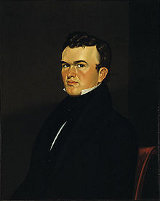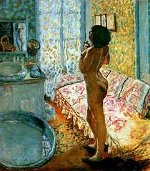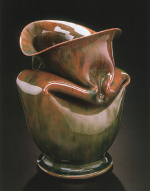 The Ohr-O’Keefe Museum of Art is in its death throes. After one year of operation, the museum doesn’t have enough revenue to cover its operating expenses. As I mentioned earlier, the trustees hope to get some assistance from the Biloxi city government. Good luck with that.
The Ohr-O’Keefe Museum of Art is in its death throes. After one year of operation, the museum doesn’t have enough revenue to cover its operating expenses. As I mentioned earlier, the trustees hope to get some assistance from the Biloxi city government. Good luck with that.
According to WAPT in Jackson, Mayor A.J. Holloway made it clear that no public money will be used to support the Ohr. The museum has not yet approached the city but the mayor made his intention clear at his annual “Breakfast with the Mayor.”
The museum has already cut its insurance of irreplaceable objects to a minimum. It has great difficulty keeping humidity below 30 percent in a climate where it commonly hits 90. Its electric bill is about eight thousand dollars a month. These are pressing issues but it’s biggest problem is indifference. Its display rooms are generally empty.
The building and its displays have received acclaim from critics and indifference from locals. It was a fitting tribute to a great American artist. The Ohr may still survive but its not at its current location and not with its current splendor. A beach in Mississippi, in a town determined to build casinos and attract gamblers, was never an ideal location. I expect Ohr-O’Keefe II to be more akin to a janitor’s closet down the hall from the mayor’s office. If Mississippi doesn’t appreciate its collection, I’m sure they’ll attract visitors in a wing of a Northeastern metropolitan museum.








